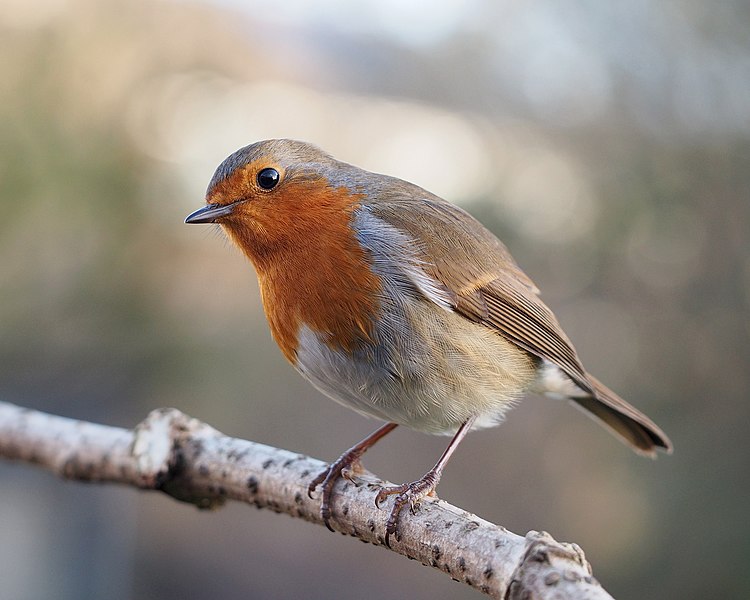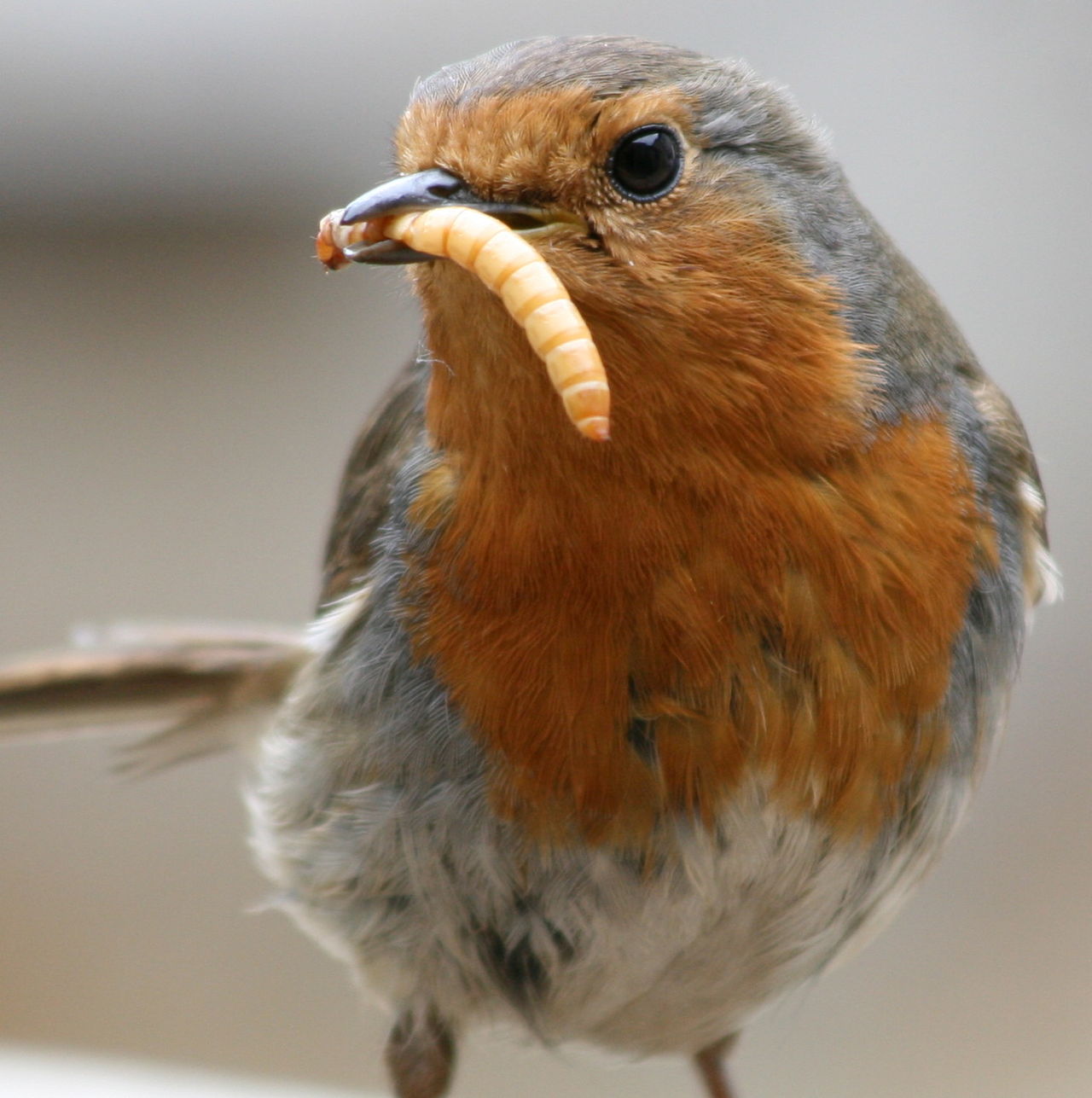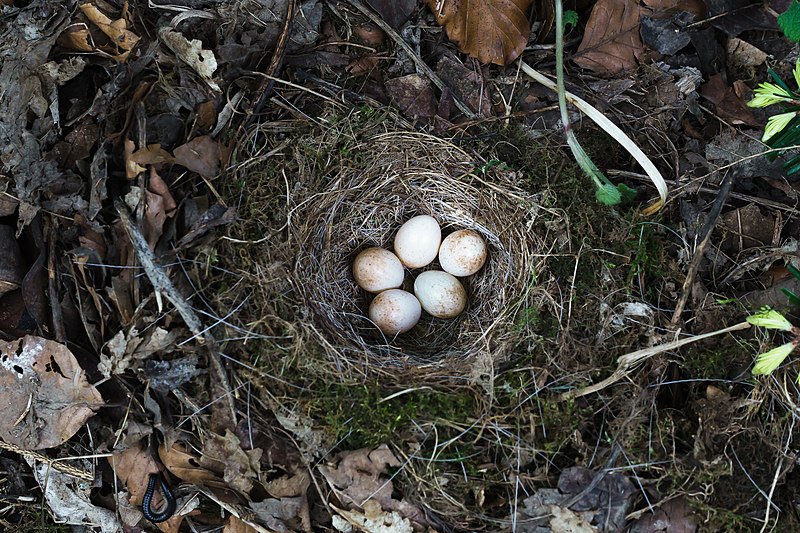Within the intricate tapestry of British ecosystems, the robin (Erithacus rubecula) emerges as a small yet iconic bird, playing a central role not only on the nation’s cultural stage but also as a vital thread weaving between nature and our island’s heritage. However, in its role as a symbolic figure, it is easy to overlook the crucial impact it has on ecosystems.
Robins, with their distinctive red-orange breasts and friendly demeanour, are a common sight in British gardens, woodlands, and urban areas. These adaptable birds contribute to the delicate balance of nature in several ways.
Robins are insectivores, feeding on a variety of invertebrates such as beetles, caterpillars, and spiders. By preying on these pests, robins regulate insect populations, helping to maintain the health of plants and trees. As omnivores, robins also consume fruits and berries, aiding in seed dispersal and facilitating the growth of new plants.
Known for being territorial, robins fiercely defend their nests. This behaviour not only staves off predation of their young, but also other small fauna species and gives vegetation a better chance to regrow. Additionally, the cup-shaped nests built by robins in concealed locations, often in ivy, shrubs, or other foliage, provide shelter not only for other robins but also for other small birds that may use their abandoned nests. This communal sharing of nesting spaces contributes to the overall diversity and density of bird populations.
The robin is an enduring symbol of Christmas. Legend has it that its redbreast is a result of its selfless act of fanning the dying embers of a fire to keep infant Jesus warm in his manger. This association has led to the robin becoming a popular motif on Christmas cards, representing warmth, compassion, and the festive spirit.
Robins have a long-standing presence in British folklore, often considered as symbols of good luck. It is believed that seeing a robin is a sign of departed loved ones sending a message from beyond. Conversely, harming a robin is thought to bring misfortune. These superstitions reflect the deep cultural connections people have formed with this feathered friend.
Robins have inspired numerous poets and writers throughout British literary history. From William Wordsworth to Ted Hughes, these birds have been depicted as symbols of hope, renewal, and the cyclical nature of life. The robin’s song, especially during the winter months, is often portrayed as a source of comfort and inspiration in literature encouraging listeners to hold on for spring.
Given their ecological contributions and cultural significance, it becomes imperative to safeguard the well-being of robins and their habitats. Though robins are not listed as an endangered species, conservation efforts should focus on maintaining diverse ecosystems, preserving green spaces, and addressing threats such as habitat loss, pollution, and climate change so that this may continue.
Educational initiatives can play a pivotal role in raising awareness about the importance of robins in both ecosystems and culture. Encouraging people to create bird-friendly environments in their gardens, parks, and communities can enhance their well-being while fostering a deeper connection between humans and nature.
Recognising and preserving the importance of robins in the British landscape is not only crucial for biodiversity but also for maintaining the rich tapestry of traditions and stories that define our nation’s identity.

Robin with cocked head. Feb, 2014. © Francis C. Franklin.

Eating a mealworm. July, 2008. © Philip Heron.

Nest with five eggs. May, 2020. © Neptuul.
